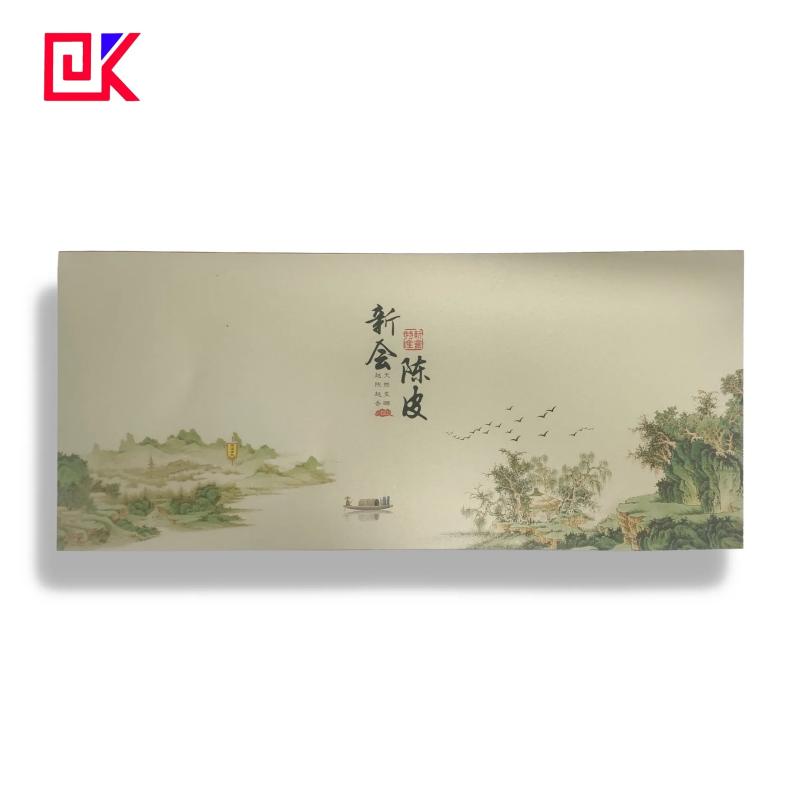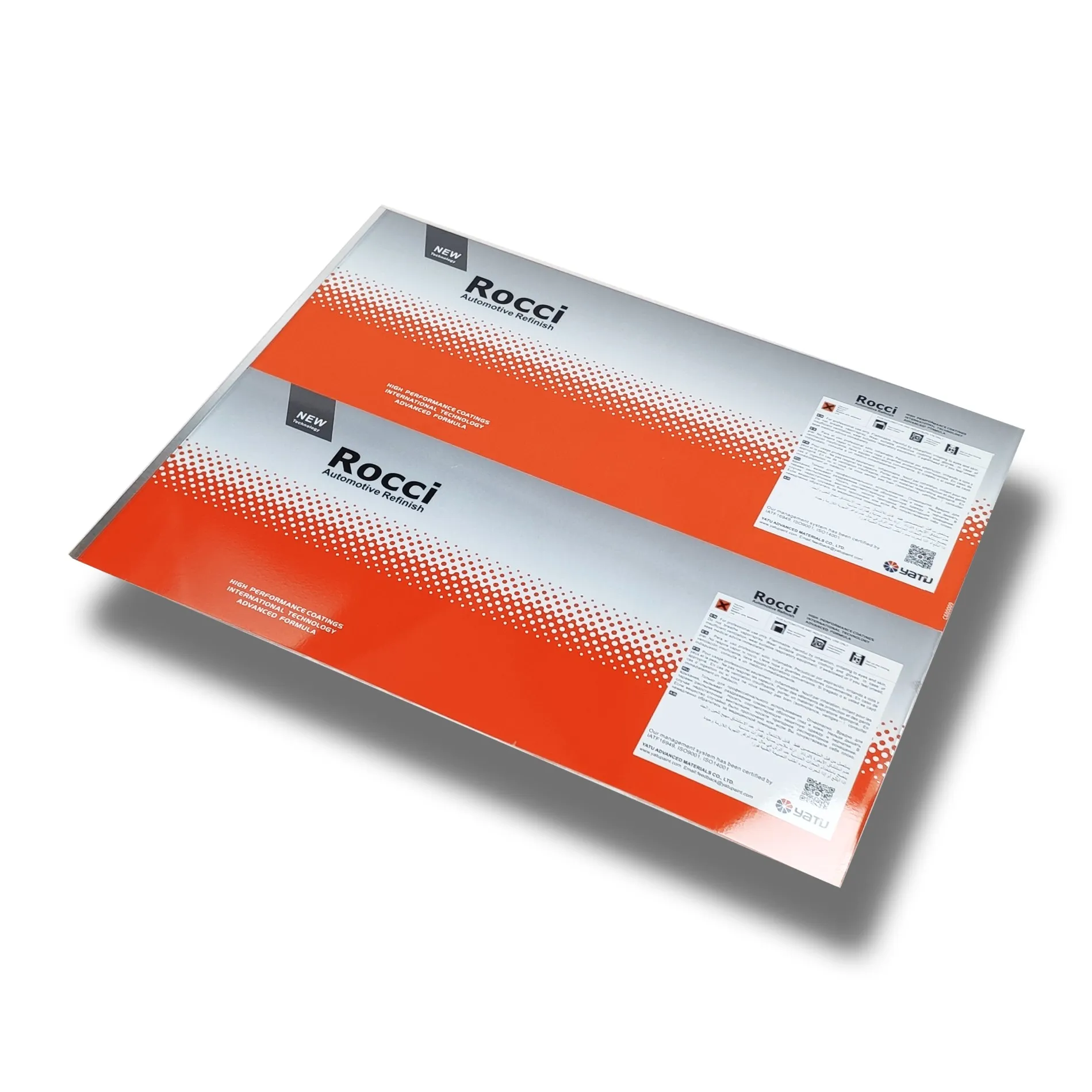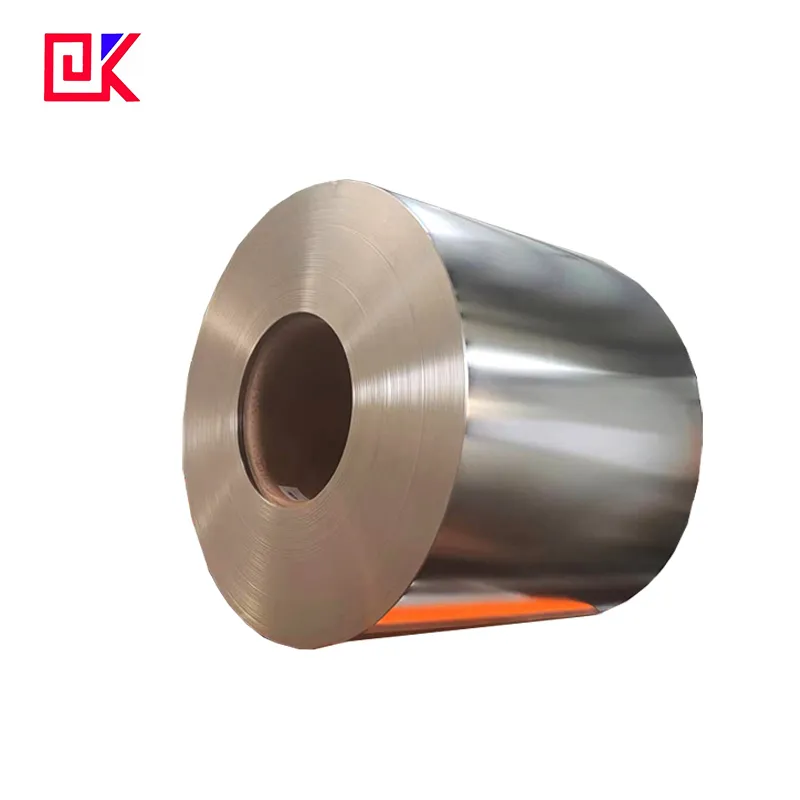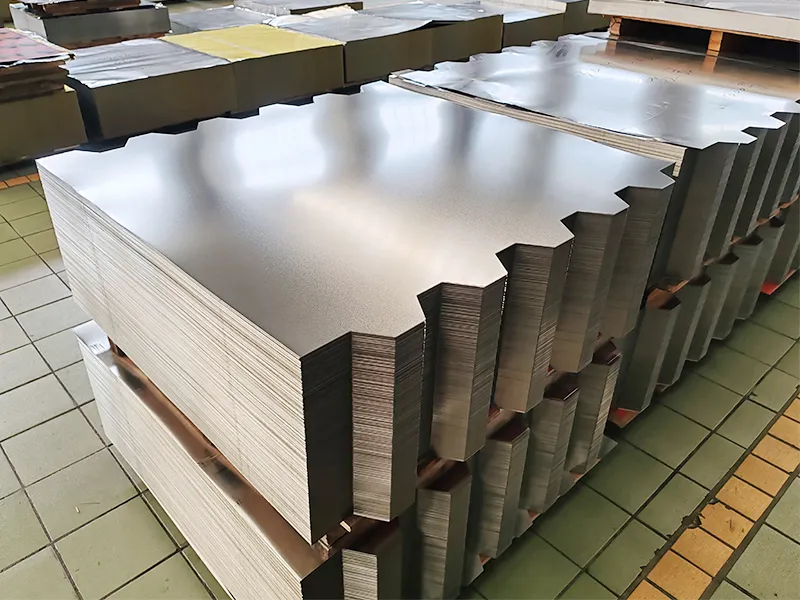As an important packaging material, tinplate is widely used in industries such as food, beverage, chemical and daily consumer goods due to its good corrosion resistance and firmness. However, with the increasing market requirements for packaging design, tinplate packaging is not only functional, but its visual effect has become equally important.
In order to make product packaging more eye-catching, companies often use offset printing technology to print patterns and text on tinplate. Compared with ordinary paper printing, tinplate printing, especially offset printing, is significantly more expensive. So why is offset printing in tinplate printing so expensive? This article will analyze the reasons in detail.

What are the characteristics of offset printing technology?
Offset printing, also known as "lithography", is a traditional and widely used printing method. Its working principle is based on the principle that oil and water are immiscible. The image part and the blank part are separated on the plate, and then the image is transferred to the substrate using a rubber cloth. Offset printing technology has become the main method in tinplate printing due to its high-quality printing effect, fine image restoration ability and efficient production capacity.
Advantages of offset printing
The application of offset printing technology in tinplate printing benefits from its many advantages:
● High precision: Offset printing can achieve extremely high image resolution and color reproduction effects, and can accurately present complex patterns and details.
● Color stability: Offset printing has good color consistency and can ensure the color of each product remains consistent in large-scale printing.
● Wide applicability: Offset printing is not only suitable for tinplate, but also for printing on a variety of materials such as paper and plastic, with strong flexibility.
However, despite the many advantages of offset printing technology, its cost is significantly higher than that of paper printing when applied in tinplate printing. This increase in cost is due to multiple factors.

What are the technical difficulties in tinplate printing?
To understand the high cost of offset printing in tinplate printing, we first need to understand the challenges brought by tinplate as a printing material. Compared with ordinary paper, tinplate is a metal material, and its surface properties, printing requirements, and subsequent processing processes are all complex to varying degrees.
1. Metal surface treatment requirements
Tinplate is a metal, and its surface is different from flexible materials such as paper. The metal surface is smooth and hard, and it is not easy for the ink to adhere directly during the printing process, which requires special treatment of the tinplate surface before printing. For example, a common treatment method includes applying a layer of primer on the surface to enhance the adhesion of the ink. This process adds additional costs both in material preparation and equipment operation.
2. Use of special inks
Due to the surface characteristics of tinplate materials, ordinary inks cannot be directly adhered and dried well on them. Therefore, in tinplate offset printing, special inks are required, which have better adhesion, corrosion resistance and oxidation resistance to ensure the durability and stability of the printing effect. The high price of special inks, coupled with their R&D costs and the complexity of the formula, significantly increases the overall cost of tinplate printing.
3. Complex drying and curing process
Compared with paper printing, tinplate printing also faces the problem of ink drying and curing. Paper can be dried by natural air or hot air, while tinplate, due to its metal characteristics, needs to go through special processes such as high temperature baking or ultraviolet (UV) curing. High-temperature baking not only consumes energy, but also requires special equipment to operate, which increases energy consumption and equipment maintenance costs in the production process.
4. Higher printing precision requirements
Tinplate printing is usually used for high-end product packaging, and consumers have high expectations for the visual effects and sophistication of these packages. Therefore, the precision requirements in the printing process are very high, and the printed patterns must be clear, colorful, and perfect in detail. And to achieve these high requirements, sophisticated printing equipment and highly skilled operators are required, which invisibly further pushes up production costs.

Why is the cost of offset printing technology so expensive?
In tinplate printing, the offset printing equipment used is more expensive than paper printing equipment. This is not only because the requirements for metal printing are more stringent, but also because the multiple process links involved in the production process require high precision and customization.
1. Specialization of equipment
The offset press used for tinplate printing is different from ordinary paper printing equipment, and the equipment itself is highly customized. Because the metal material is harder, the equipment must have a higher pressure control ability during the printing process to ensure that the ink can be evenly transferred to the tinplate surface. These devices are usually expensive, and the maintenance cost is much higher than that of ordinary paper printing equipment.
2. The production cost of printing plates
The printing plates required for offset printing are usually made of aluminum alloy or other metal materials, which are used to transfer ink to tinplate during the printing process. The production process of the plate is complex and precise, especially in high-quality printing, it is necessary to ensure that every detail of the image can be perfectly presented on the plate. The production cycle of the plate is long and the process requirements are high, so its cost is high, especially in large-scale production, the replacement and maintenance of the plate also requires a lot of investment.
3. Equipment maintenance and debugging costs
Offset printing equipment needs to maintain a high degree of accuracy and stability during operation, so the maintenance and debugging of the equipment is also a cost that cannot be ignored. Especially during the printing process, every parameter of the machine (such as pressure, speed, ink volume, etc.) needs to be strictly controlled to ensure the stability of the printing effect. Frequent debugging and regular maintenance not only require a lot of manpower and time, but also require special tools and materials, which further pushes up production costs.
Labor costs and technical thresholds
Offset printing technology not only has high requirements for equipment, but also has high requirements for the skills and experience of operators. Compared with paper printing, metal printing is more complex and technically difficult, so it also requires higher technical level of operators.
1. The need for highly skilled operators
Offset printing operations in tinplate printing require experienced technical workers. They must not only be familiar with the basic principles of offset printing technology, but also understand how to effectively adhere and dry ink on metal surfaces. At the same time, in actual operation, technicians also need to fine-tune printing parameters according to different printing patterns and requirements. This high level of technical requirements makes qualified operators scarce, resulting in high labor costs.
2. Complex process flow
The process flow of tinplate offset printing is complex, usually including multiple steps such as surface treatment, printing, drying, and glazing. Each step requires strict control and adjustment, otherwise it is easy to cause printing quality problems. Due to the complexity of the process flow, operators not only need a long training period, but also need to accumulate a lot of experience in actual production to ensure product quality. High training and labor costs are also one of the important reasons for the high cost of offset printing.

Additional costs caused by environmental protection and safety requirements
In the offset printing process, especially when it comes to tinplate printing, environmental protection and safety requirements are cost factors that cannot be ignored. Since the printing process involves a large number of chemicals (such as inks, solvents, etc.) and high-temperature baking processes, environmental protection and safety standards in the production process must be strictly followed. This not only affects the selection of raw materials, but also puts higher requirements on the entire production process.
1. Environmentally friendly materials and processing costs
In order to meet environmental protection standards, non-toxic and environmentally friendly inks and coatings are usually used in tinplate printing, and these materials are usually expensive. In addition, the treatment of wastewater, waste gas and waste generated during the printing process must also comply with environmental protection regulations. These treatment processes increase additional equipment investment and operating costs.
2. Compliance with safety production standards
Since the printing process involves high temperatures and the use of chemicals, factories must strictly comply with safety production standards. These standards require factories to be equipped with corresponding safety facilities, such as fire protection equipment, ventilation systems and chemical handling systems. The installation and maintenance of safety facilities, as well as the development of related safety training, require additional capital investment, further increasing the production cost of offset printing.
The impact of production efficiency and scrap rate
Although the tinplate offset printing process can achieve high-quality printing effects, the scrap rate is high and the production efficiency is relatively low due to the complexity of the process and the precision requirements of the equipment during the production process. The scrap that appears during the production process not only increases material loss, but also requires reprocessing or repair, which further increases the cost.
1. The impact of high scrap rate
In the tinplate printing process, due to the complexity of the printing pattern and the high requirements for precision, once the equipment or process parameters are slightly deviated, it may lead to unsatisfactory printing effects and generate scrap. These scraps not only waste precious materials, but also require additional time and cost for processing and reprinting.
2. Low production efficiency
The complexity of the tinplate printing process makes its production efficiency relatively low. Compared with paper printing, tinplate offset printing requires a longer production cycle, including preparation, printing and subsequent processing. The longer production cycle not only increases the time cost, but also affects the production efficiency of the enterprise.
Dekai Metal Packaging: Your Global Supplier of Metal Packaging
Foshan Dekai Metal Packaging Co., Ltd. is a trusted manufacturer and supplier of metal packaging solutions worldwide. We specialize in tinplates, aerosol cans, and custom printing services, offering clients reliable, high-quality products at affordable prices. Whether you're buying in bulk, requesting customized packaging, or looking for special promotions, we have the right solutions for your business. Contact us for wholesale offers and quotes tailored to your needs.

